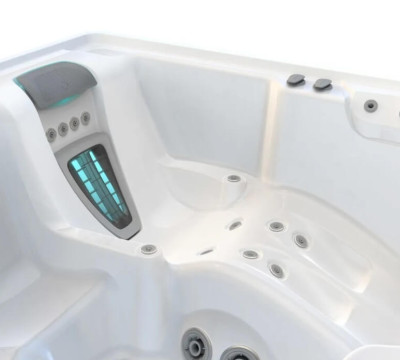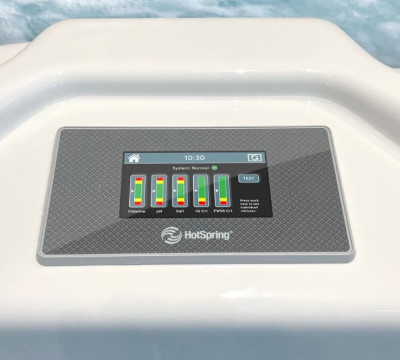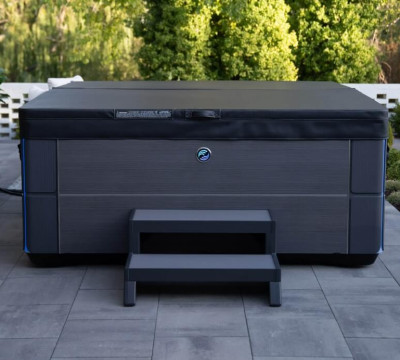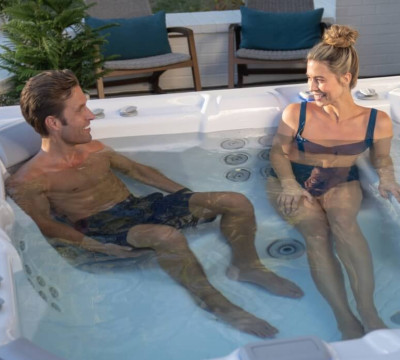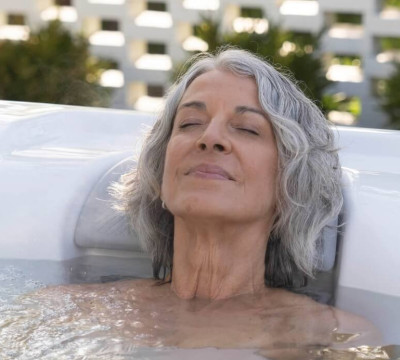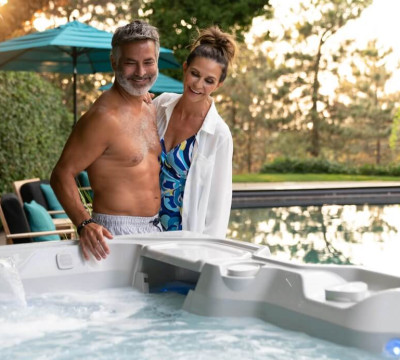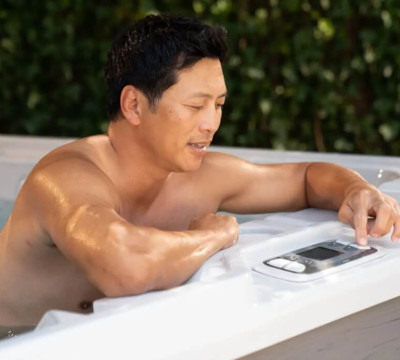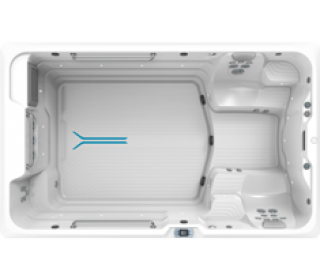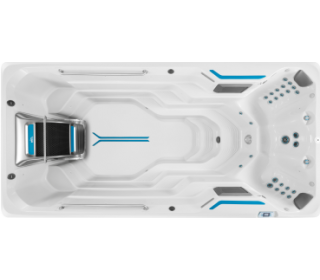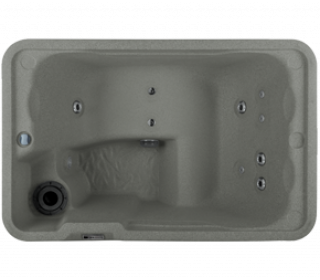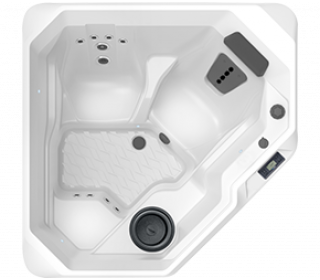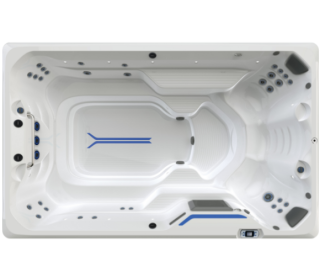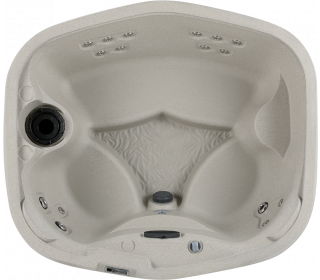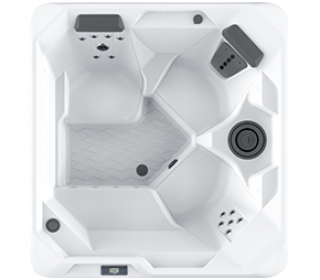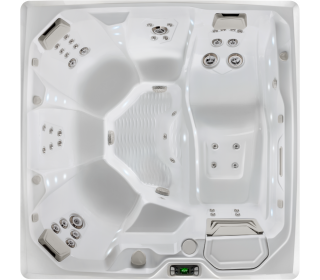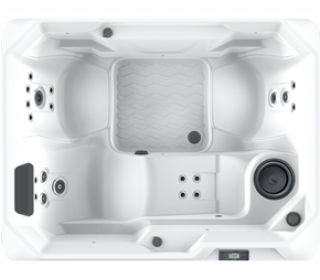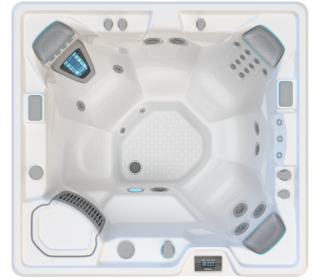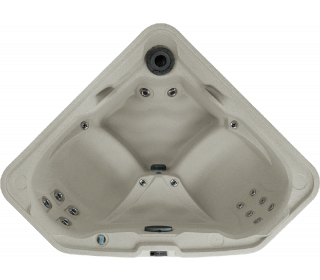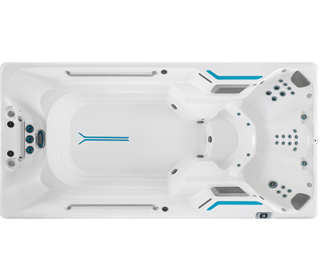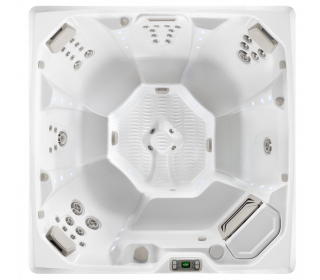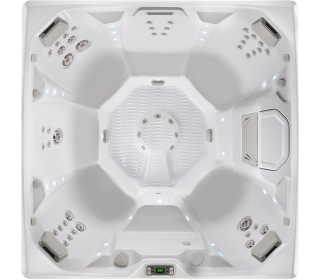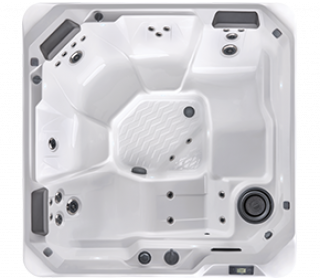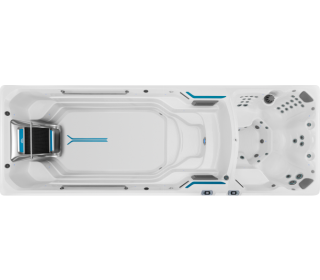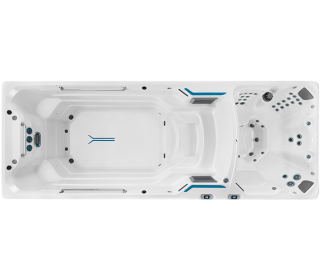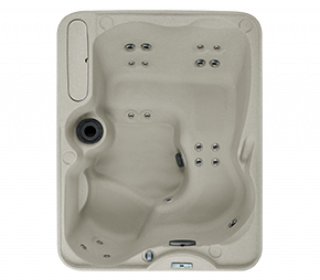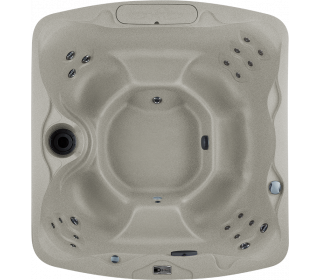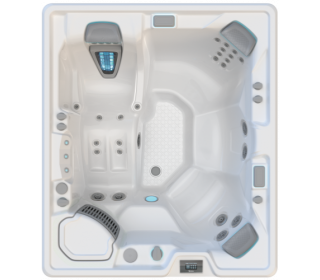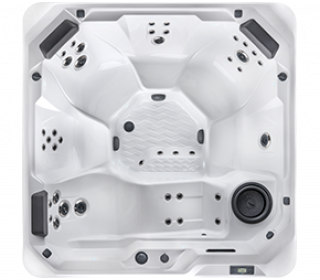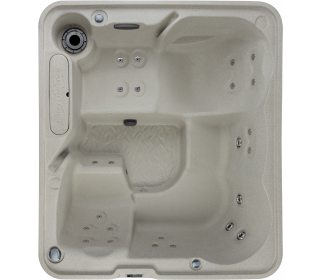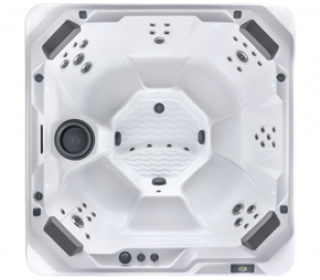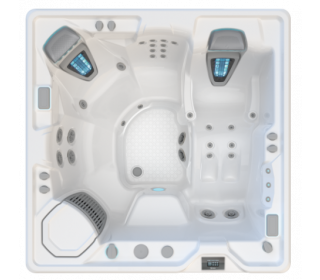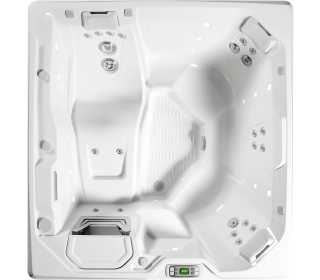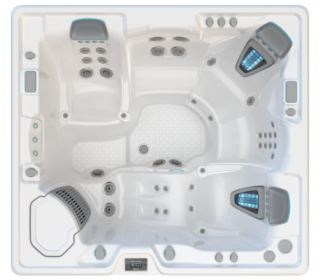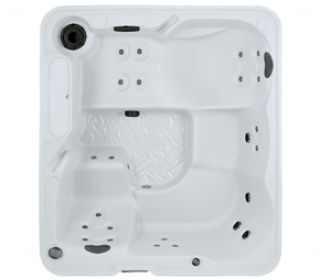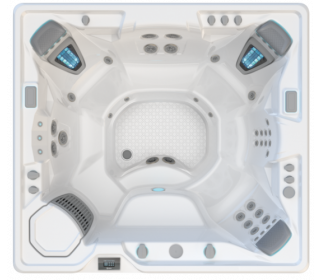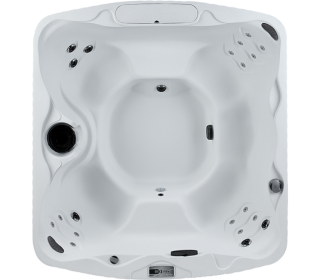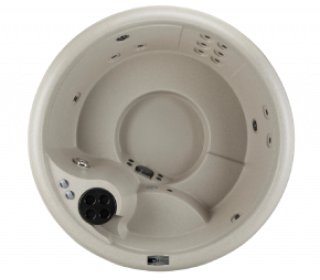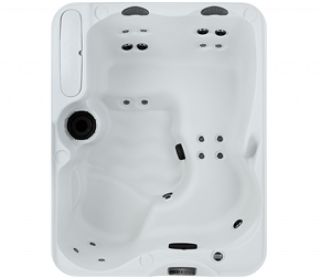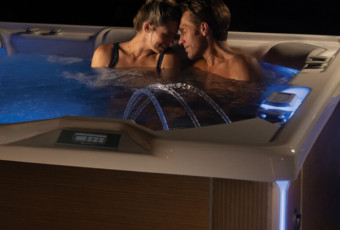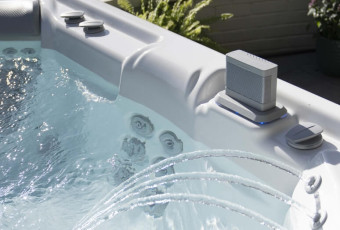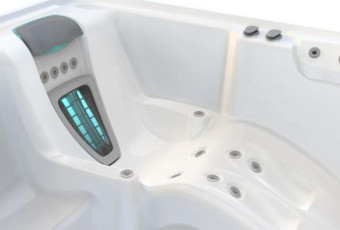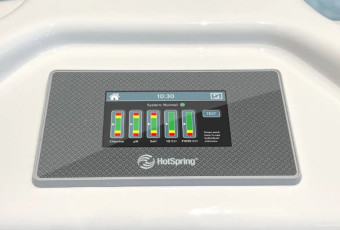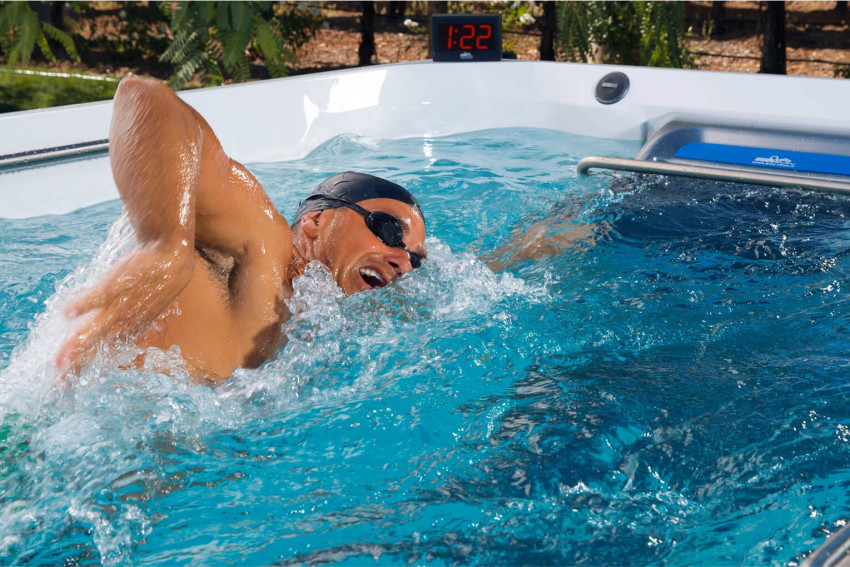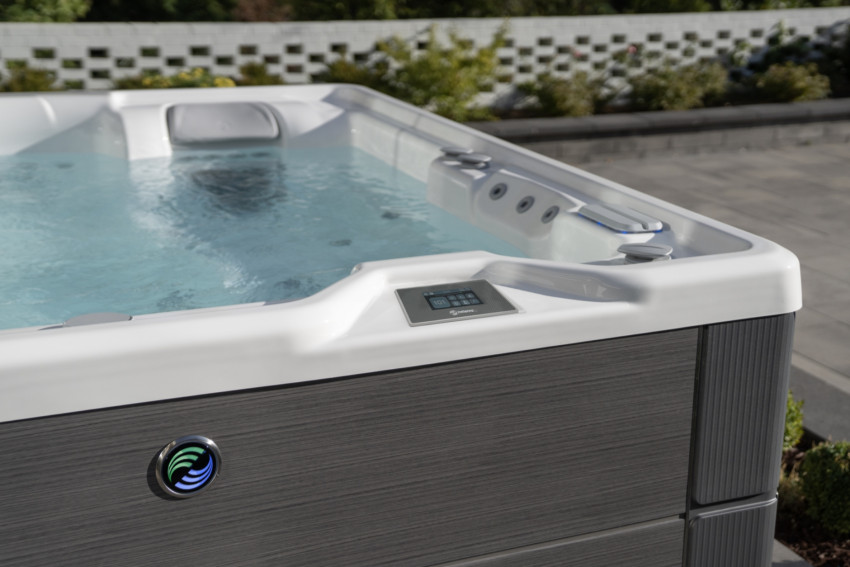Active recovery, in the form of light exercise, is becoming an ever-more popular way to wind down from a workout. And of all the available active recovery exercises, including walking, cycling and yoga, perhaps the best and most popular is swimming.
Swimming is arguably the ideal active recovery exercise. The buoyancy of the water offers relief for your muscles, bones and joints, granting freer and more comfortable movement. The intensity of the exercise is entirely up to you, allowing you to better cater to your recovery needs. The water, meanwhile, helps you to cool down from your workout.
In this article we’ll be drilling down on the concept of active recovery: what it is, why it’s beneficial, and how swimming might be the ultimate form of this activity.
What is active recovery?
There has long been a focus on the importance of warming up your muscles before exercise. Stretching and light activity awakens your body and ensures it’s ready for the more intense workout that will soon come. This limbering up increases blood flow and oxygen supply to muscles, lowers the risk of injury and reduces the heavy loads on the heart that can occur when high-intensity exercise is suddenly started.
Less of a focus than warm-ups, however, are warm downs. When you’ve just finished an intense workout, when you’re enjoying a rest day following strenuous activity, or when you find yourself enjoying a short break in your circuit training, you have two options:
- Passive recovery: A period of inactivity where your body is entirely at rest.
- Active recovery: A period of low-impact, low-intensity exercise.
Today we’ll be looking at the latter, which is gaining a reputation amongst athletes and the fitness community as a key to peak performance.
Why is active recovery important?
While the complexities of the human body and the breadth of active recovery techniques makes it a difficult subject to gain a clear view on, at its best, active recovery has been shown to offer a number of key benefits: it keeps nutrient-rich blood flowing to sore and tired muscles, allowing them to heal more effectively, and it reduces both lactic acid build-up in muscles and instances of delayed onset muscle soreness.
Given the benefits described above, many people now choose active recovery over passive recovery after they’ve completed strenuous exercise.

Why is swimming beneficial for active recovery?
Active recovery comes in many forms. Some people choose to go for a walk or a gentle jog. Some prefer riding a few kilometres on a bike (which is why you so often see professional sportspeople on exercise bikes near the end of a match.) Then there are the more structured forms of low-impact exercise, like yoga and tai chi, which advocates argue offer a more targeted form of active recovery.
But one of the best and most popular forms of active recovery is undoubtedly swimming, which is unique in terms of active recovery for a few reasons:
- Buoyancy counteracts gravity: Effective active recovery is about supplying nutrient-rich blood to the muscles through movement, but the high-intensity exercise you’ve recently completed can make this a painful proposition. By taking weight off your muscles, bones and joints, swimming offers freer and less painful movement during active recovery.
- Increased blood flow: If you do your active recovery in warm water, like that found in an Endless Pools swim spa, your body will respond by widening the blood vessels, further improving blood flow to muscles.
- A full-body workout: Swimming is one of those rare exercises that works every major muscle group. No matter what type of exercise you’ve just completed, you can be confident that a gentle swim will supply blood to and reduce soreness in the muscles that need the help most.
Who can benefit from swimming in active recovery?
Who stands to benefit from choosing swimming as their preferred form of active recovery? The short answer: everyone! Because swimming is so uniquely suited to active recovery – particularly when it’s undertaken in the warm water and gentle current of a swim spa – the perks of this form of low-impact, low-intensity exercise are universal.
Some of the more common demographics that capitalise on swimming as part of active recovery include:
- Professional athletes: When peak performance gets you paid, you take every possible step to guarantee it. No matter their sport, most professional athletes are known to hit the water during post-exercise recovery.
- Gym goers: While they might not make their living through athletic pursuits, amateur athletes can be every bit as passionate as professionals when it comes to getting all that they can from their bodies.
- People recovering from injury or sickness: Swimming can meet your longer-term recovery needs too! If you’re recovering from an injury or a bout of illness, introducing a gentle swim into your exercise regime can help your body get back to where it once was.
- People with chronic pain or limited mobility: Active recovery can be super important for people who have mobility issues or suffer from chronic pain, as these groups can be more prone to post-exercise swelling and soreness.
In reality anyone who enjoys regular exercise can benefit from swimming during their active recovery. And by choosing an Endless Pools swim spa or from our range of Hot Spring swim spas, you can enjoy all these post-workout perks – and a whole lot more – right in your own backyard.
Ready to enjoy an enhanced and more active form of recovery? Our team can deliver just that. Get in touch or book a test swim today!




